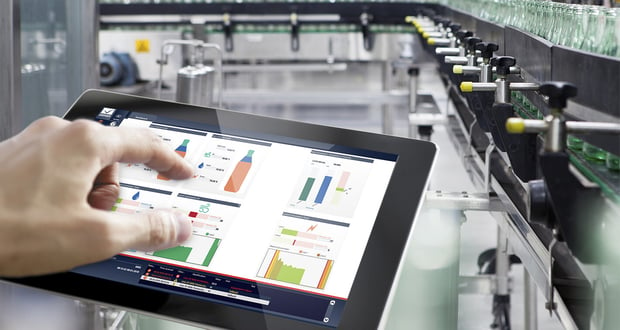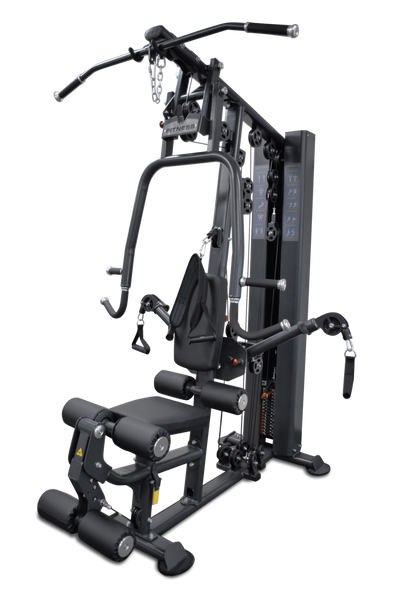Contemporary manufacturing operations require sophisticated interface technologies that bridge the gap between complex automated systems and human operators. The implementation of high-performance industrial HMI panels delivers measurable improvements in operational efficiency, safety performance, and quality control metrics across diverse manufacturing sectors. Industry benchmarking studies conducted by Manufacturing Enterprise Solutions Association demonstrate that facilities utilizing advanced HMI technologies achieve 15-25% reductions in unplanned downtime, 20-30% improvements in first-pass quality rates, and 12-18% increases in overall equipment effectiveness scores. These performance gains result from enhanced operator decision-making capabilities, reduced response times to process deviations, and improved integration between human expertise and automated control systems.
Enhanced Operational Visibility and Control Precision
High-performance HMI systems provide unprecedented visibility into complex manufacturing processes through advanced visualization techniques and real-time data integration. Multi-layered display architectures present process information at appropriate detail levels, enabling operators to quickly assess overall system status while maintaining access to detailed diagnostic information when required.
Process trending capabilities with statistical analysis functions allow operators to identify subtle performance variations before they impact product quality or equipment reliability. Advanced implementations include predictive algorithms that extrapolate current trends to forecast when process parameters might exceed specification limits, enabling proactive adjustments rather than reactive corrections.
Control precision improvements result from reduced lag times between operator inputs and system responses. High-performance panels typically achieve response times under 100 milliseconds for critical control functions, compared to 500-1000 milliseconds for standard industrial displays. This responsiveness enables fine-tuned process adjustments that optimize product quality and minimize waste generation.
Safety Performance and Risk Mitigation Advantages
Advanced HMI panels incorporate sophisticated safety interlock visualization that clearly displays the status of all protective systems and safety devices throughout the manufacturing facility. Color-coded graphics and animated displays immediately communicate safety system status, reducing the likelihood of operator errors that could compromise personnel safety or equipment integrity.
Emergency response capabilities include automated procedure displays that guide operators through complex shutdown sequences during abnormal operating conditions. These systems present step-by-step instructions with confirmation requirements, ensuring that critical safety procedures are followed correctly even under high-stress emergency situations.
Risk assessment integration provides real-time evaluation of operating conditions against established safety parameters. Advanced systems calculate dynamic risk scores based on multiple variables including equipment condition, environmental factors, and operational complexity, alerting operators when risk levels exceed acceptable thresholds.
Quality Control and Process Optimization Benefits
Statistical process control integration within HMI displays enables continuous monitoring of quality metrics with automatic alert generation when processes drift toward specification limits. Control chart displays with capability analysis features help operators understand process performance relative to customer requirements and regulatory standards.
Recipe management systems with version control capabilities ensure consistent product quality across multiple production runs and different operator shifts. These systems maintain complete traceability of process parameters, raw material specifications, and quality results, supporting regulatory compliance requirements and customer quality audits.
Batch genealogy tracking through HMI interfaces provides complete visibility into raw material usage, process conditions, and quality test results for each production lot. This information proves invaluable for quality investigations, customer complaints resolution, and continuous improvement initiatives.
Energy Management and Sustainability Impact
Energy consumption monitoring through advanced HMI systems identifies opportunities for efficiency improvements and cost reduction. Real-time displays of power usage, compressed air consumption, and utility costs enable operators to make informed decisions that balance production requirements with energy efficiency objectives.
Carbon footprint tracking capabilities help manufacturers meet sustainability commitments and regulatory reporting requirements. These systems calculate emissions based on energy consumption patterns, production volumes, and material usage data, providing actionable insights for environmental impact reduction.
Waste reduction benefits result from improved process control precision and early detection of quality deviations. Advanced HMI systems help minimize scrap generation through better process monitoring and faster response to developing problems, directly impacting material costs and environmental impact.
Maintenance Efficiency and Equipment Reliability
Predictive maintenance integration through HMI displays provides early warning of developing equipment problems before they cause unplanned downtime. Vibration analysis, temperature monitoring, and performance trending data help maintenance teams schedule repairs during planned outages rather than responding to emergency failures.
Maintenance workflow management through HMI interfaces streamlines work order processing, parts inventory management, and documentation requirements. Digital work instructions with embedded multimedia content guide technicians through complex repair procedures while maintaining complete records of maintenance activities.
Equipment performance benchmarking capabilities enable identification of best practices and optimization opportunities across similar equipment or production lines. Historical performance data analysis helps justify capital investment decisions and optimize maintenance strategies for maximum equipment reliability.






